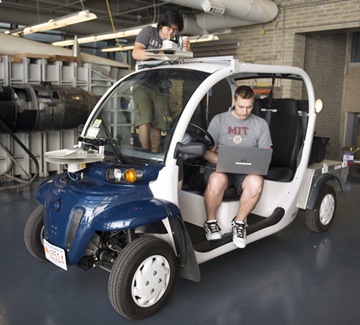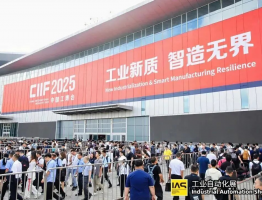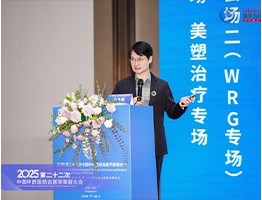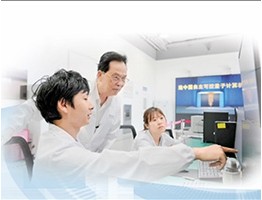Ford hooks up with MIT on lidar for pedestrian mapping
source:Optics.org
Time:2016-07-29
The Ford Motor Company is collaborating with Massachusetts Institute of Technology (MIT) researchers on the development of lidar techniques to improve public transportation by monitoring pedestrian flows.

Lidar installation

Lidar installation
The project, which involves MIT’s Aerospace Controls Lab (ACL), will introduce a fleet of on-demand electric vehicle shuttles operating on both city roads and MIT campus walkways in Cambridge, Massachusetts.
“The vehicles use lidar sensors and cameras to measure pedestrian flow, which ultimately helps predict demand for the shuttles,” Ford announced. “This, in turn, helps researchers and drivers route shuttles toward areas with the highest demand to better accommodate riders.”
“The on-board sensors and cameras gather pedestrian data to estimate the flow of foot traffic,” said Ken Washington, Ford’s VP of research and advanced engineering. “This helps us develop efficient algorithms that bring together relevant data. It improves mobility-on-demand services, and aids ongoing pedestrian detection and mapping efforts for autonomous vehicle research.”
Ford and MIT researchers plan to introduce the service to a group of students and faculty as soon as this September. This group will use a mobile app to hail one of three electric urban vehicles to their location and request to be dropped off at another destination on campus.
Efficient pedestrian detection
Over the past five months, Ford and MIT say they have used lidar sensors and cameras mounted to the vehicles to document pedestrian flow between different points on campus.
“Lidar is the most efficient way to detect and localize objects from the environment surrounding the shuttles,” they report. “The technology is much more accurate than GPS, emitting short pulses of laser light to precisely pinpoint the vehicles’ location on a map and detect the movement of nearby pedestrians and objects.”
The researchers use that data to study patterns of pedestrian traffic moving across the MIT campus, to better anticipate where the most demand for the shuttles will be at any given moment, and route the vehicles as efficiently as possible.
Ford has already launched a “dynamic shuttle” project at its Dearborn, Michigan, headquarters, where employees are able to hail rides via a mobile app. But the car giant says that the MIT collaboration advances that concept further by monitoring the movement of pedestrians to predict demand.
It adds that the algorithms and methods learned when navigating around crowded pedestrian areas with lidar will also strengthen the development of fully autonomous vehicles and more advanced driver-assist technologies.
NEWS
 Global LiDAR Giants Engage in Escalating Patent Wars
Global LiDAR Giants Engage in Escalating Patent Wars From Cambridge to Haining, he made China's lasers light up the world for the first time
From Cambridge to Haining, he made China's lasers light up the world for the first time 4 in 5 days! These laser "mega-projects" successively put into operation or capped
4 in 5 days! These laser "mega-projects" successively put into operation or capped Analysis of Global Optical Communication Chip Market: Tiered Competition & Chinese Rise
Analysis of Global Optical Communication Chip Market: Tiered Competition & Chinese Rise "Laser Power" Shines at the Shanghai International Industry Fair
"Laser Power" Shines at the Shanghai International Industry Fair
INTERVIEW
 Zhuojie Laser: Breaking barriers via tech breakthroughs, aiming to lead high-end light sources
Zhuojie Laser: Breaking barriers via tech breakthroughs, aiming to lead high-end light sources Dr. Sun Linchao: Pioneer and Leader in China's Field of Medical Aesthetic Laser Therapy
Dr. Sun Linchao: Pioneer and Leader in China's Field of Medical Aesthetic Laser Therapy Guo Guangcan, CAS Academician & USTC Professor: Four Decades Chasing Quantum "Light"
Guo Guangcan, CAS Academician & USTC Professor: Four Decades Chasing Quantum "Light" Ma Renmin: A Peking University Physicist Striving to Break Through the Boundaries of Nanolasers
Ma Renmin: A Peking University Physicist Striving to Break Through the Boundaries of Nanolasers Lu Guangfeng: Retired but Not Faded, 20-Year Dedication to Laser Gyroscope R&D
more>>
Lu Guangfeng: Retired but Not Faded, 20-Year Dedication to Laser Gyroscope R&D
more>>
